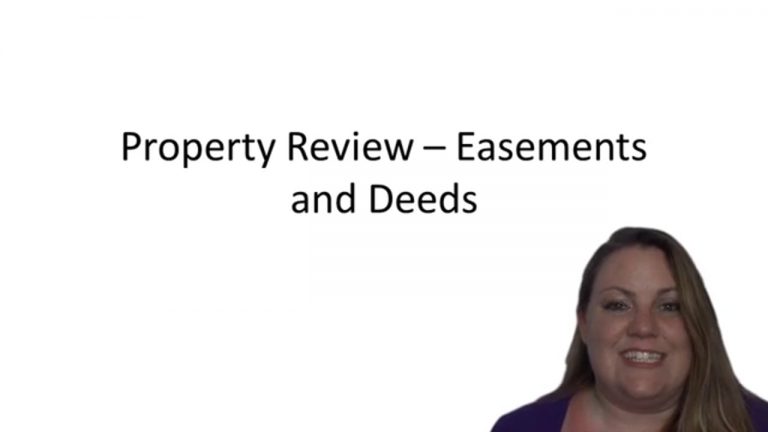SmartBrief
Confirm favorite deletion?
Property Keyed to Saxer
Estate of Phillips v. Nyhus
Citation:
124 Wash. 2d 80, 874 P.2d 154Facts
Phillips and Nyhus had agreed to be joint tenants in a property, and Phillips obtained a quitclaim deed conveying the property to himself and Nyhus. Specifically, the quitclaim deed read in part that the two would co-own the property as joint tenants with right of survivorship. Phillips and Nyhus were then in the process of selling the property, and entered into an earnest money agreement with a third party, essentially functioning as a deposit for the third party’s purchase of the property. Prior to the sale to the third party being finalized, Phillips died. The sale continued, and a dispute between Nyhus and the Estate of Phillips over the distribution of the proceeds resulted in this lawsuit.
Only StudyBuddy Pro offers the complete Case Brief Anatomy*
Access the most important case brief elements for optimal case understanding.
*Case Brief Anatomy includes: Brief Prologue, Complete Case Brief, Brief Epilogue
- The Brief Prologue provides necessary case brief introductory information and includes:
Topic:
Identifies the topic of law and where this case fits within your course outline.Parties:
Identifies the cast of characters involved in the case.Procedural Posture & History:
Shares the case history with how lower courts have ruled on the matter.Case Key Terms, Acts, Doctrines, etc.:
A case specific Legal Term Dictionary.Case Doctrines, Acts, Statutes, Amendments and Treatises:
Identifies and Defines Legal Authority used in this case.
- The Case Brief is the complete case summarized and authored in the traditional Law School I.R.A.C. format. The Pro case brief includes:
Brief Facts:
A Synopsis of the Facts of the case.Rule of Law:
Identifies the Legal Principle the Court used in deciding the case.Facts:
What are the factual circumstances that gave rise to the civil or criminal case? What is the relationship of the Parties that are involved in the case.Issue(s):
Lists the Questions of Law that are raised by the Facts of the case.Holding:
Shares the Court's answer to the legal questions raised in the issue.Concurring / Dissenting Opinions:
Includes valuable concurring or dissenting opinions and their key points.Reasoning and Analysis:
Identifies the chain of argument(s) which led the judges to rule as they did.
- The Brief Prologue closes the case brief with important forward-looking discussion and includes:
Policy:
Identifies the Policy if any that has been established by the case.Court Direction:
Shares where the Court went from here for this case.
Topic Resources
Topic Videos
 6m 11s
6m 11s 11m 14s
11m 14s 10m 16s
10m 16s 11m 17s
11m 17s 11m 17s
11m 17sTopic Refresher Courses
